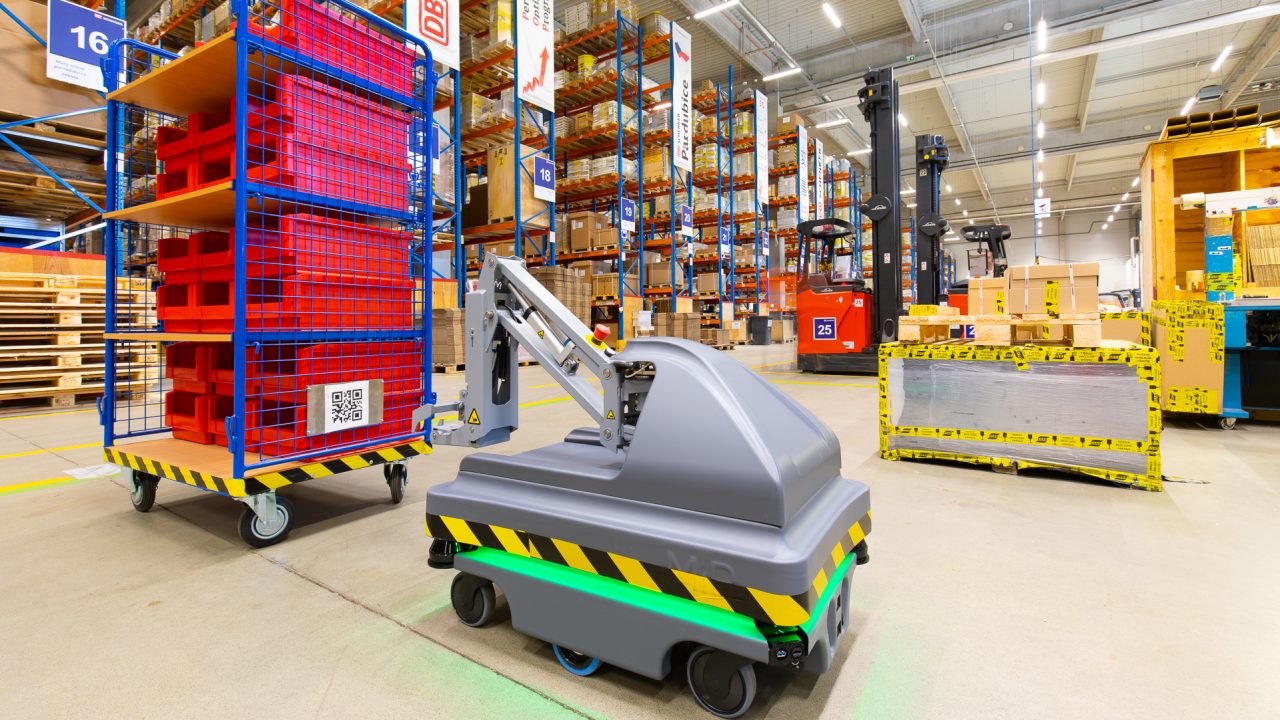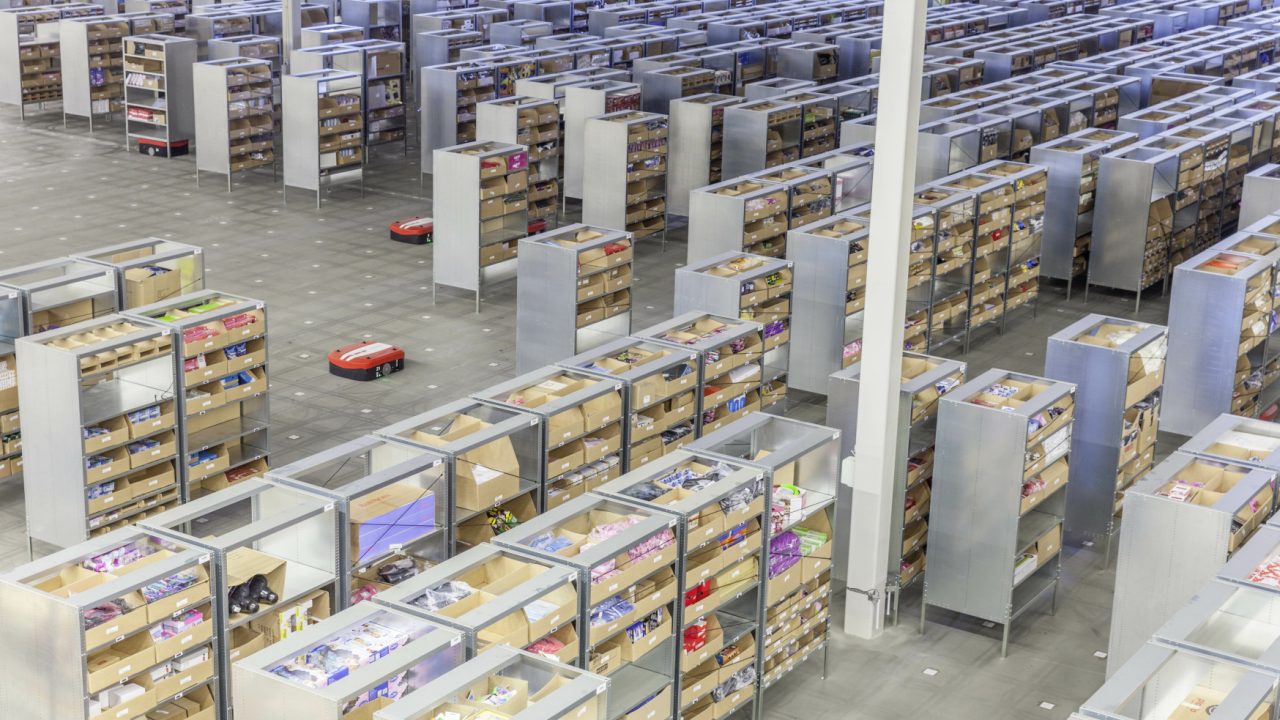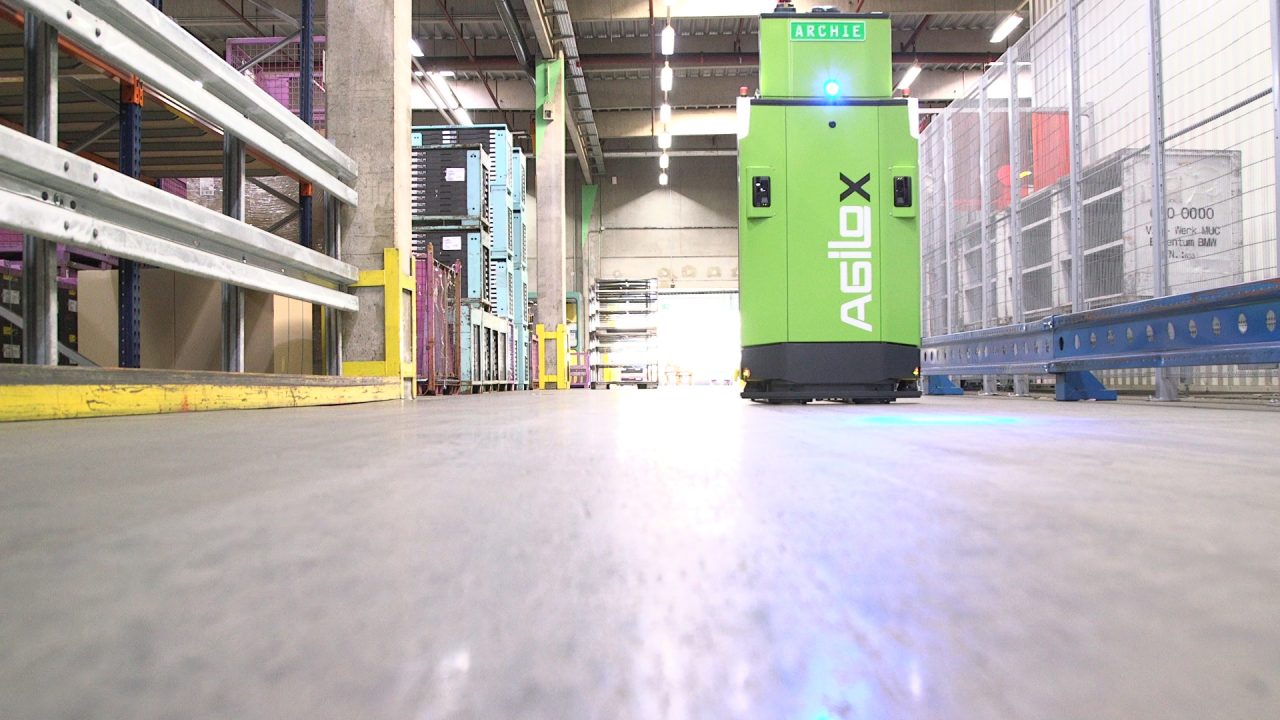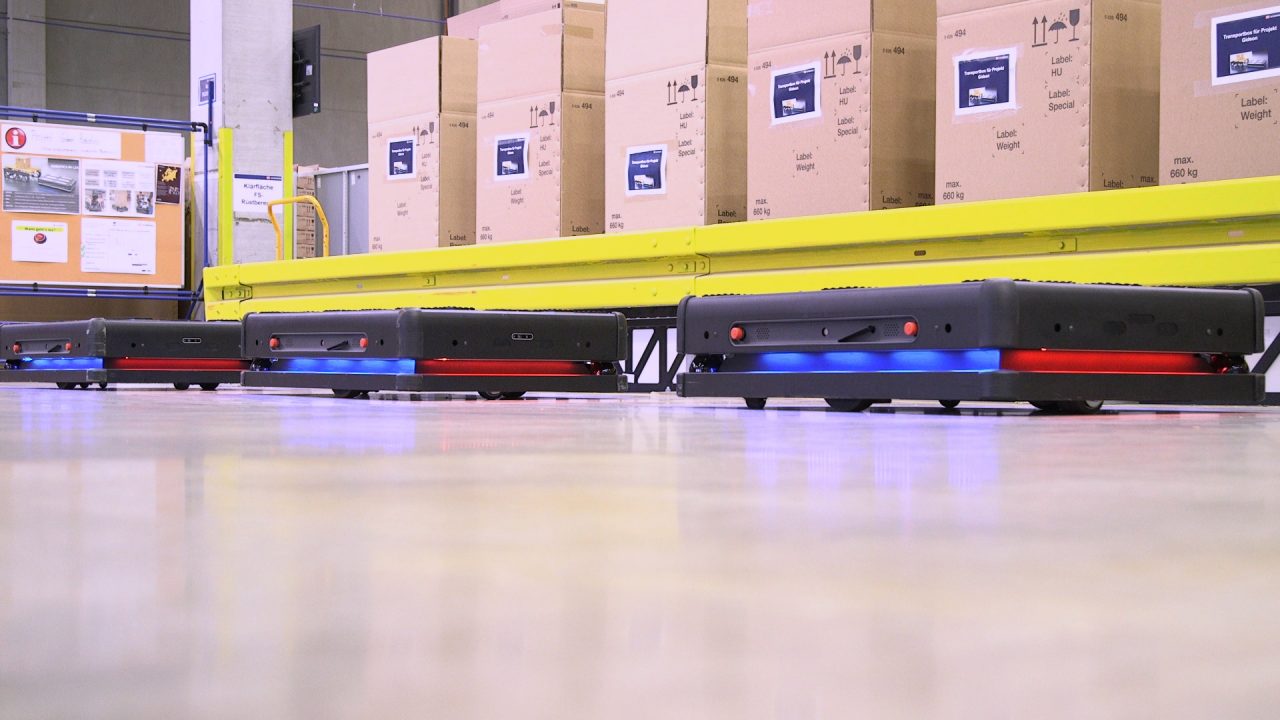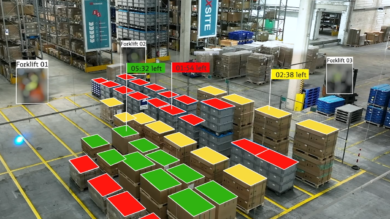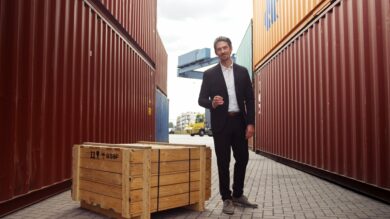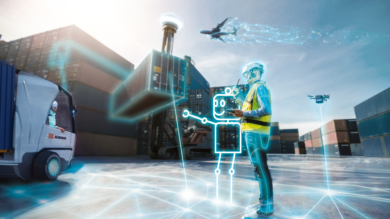Warehouses have undergone a transformation in recent years, from a place to store goods to a key component of the supply chain, enabling fast order fulfillment and empowering customers to gain a competitive advantage. Automation has played a huge part in this transformation, offering various advantages such as increased efficiency, lower operating costs and improved accuracy. Many logistics services providers are implementing automated solutions to create the warehouse of the future.
In fact, robotics and automation technologies are predicted to be the most disruptive force in the industry within the next 10 years, according to the 2020 MHI Annual Industry Report in partnership with Deloitte. As e-commerce and customer demand grows, warehouse managers are continuously looking for new ways to deal with labor shortages, improve processes and scale operations.
In China, e-commerce giant JD.com operates the world’s first fully automated warehouse, employing just 5 people to service 20 robots operating a 40,000-square-meter facility. Usually, this size and scale of operations would be manned by around 400 to 500 employees. A fully automated warehouse, however, is the exception to the rule. Similar to the use of warehouse wearables, robotic technologies are generally designed to work collaboratively with warehouse employees – rather than replacing manual labor. This can be achieved by building new warehouses with technology at the forefront, or by integrating automation into existing processes. Both examples are explored below.
Warehouse of the future: Red Lion in Singapore
Red Lion is a 50,000-square-meter ultramodern contract logistics facility located in Singapore and operated by DB Schenker. The facility is DB Schenker’s most automated warehouse to date, employing the latest technologies to enable high-speed logistics throughout the entire region.
At the facility, autonomous vehicles and customized robots are seamlessly integrated with inbound and outbound air freight, improving productivity by up to 100 percent. The warehouses uses a combination of multi-shuttle and carton live storage systems manned by an autonomous logistics robot. When complemented with both goods-to-person (where goods are delivered to the warehouse employees, instead of the other way around) and pick-to-light (where lights guide employees to items which need to be picked) technologies, employees are able to reduce lead times by 40 percent while increasing speed and accuracy.
Furthermore, Red Lion houses the first in-house-designed robotic labeling system, which uses 3D vision technology to apply labels on products of various sizes and configurations. With this groundbreaking concept, the facility takes automation to a new level.
AGVs, AMRs and WMSs: Integrating automation into existing processes
At many other locations worldwide, DB Schenker has integrated robotic technology into existing processes to enhance output. Automated Guided Vehicles (AGVs), for example, are used by the logistics company in collaboration with start-up Gideon Brothers in Leipzig, Germany. These vehicles can transport up to 800 kilograms, using laser technology and high-resolution cameras to safely navigate from A to B. In a similar implementation, an autonomous forklift truck supplied by AGILOX is in operation in Eching, Germany. Due to intelligent software, the forklift is easy to program and requires no further intervention once in operation.
In comparison to AGVs, Autonomous Mobile Robots (AMRs) are more complex, with the ability to interact with their surroundings and navigate dynamically, instead of following a fixed route. In Pardubice, near Prague, DB Schenker recently implemented its first AMR in the Czech Republic. The robot scans QR codes in predefined zones, in order to determine which items are ready to be transported. The AMR then carries loads of up to 500 kilograms across the warehouse, while adjusting its route independently to avoid any obstacles.
Another example of an effective goods-to-person automized solution is the CarryPick warehouse management system (WMS) from Swisslog. The WMS transports goods directly to staff for picking by mobilizing and automating entire sections of the warehouse shelves, thus enabling shorter processing times and saving warehouse space. The solution, which can be up to three times more efficient than conventional systems, is also able to serve more than one customer simultaneously. DB Schenker was one of the first logistics companies to implement CarryPick for multiple customers at the same location in Arlandastad, Sweden.
“Automating warehouses with technology is currently a very dynamic area. As well as the more established players, there are many start ups bringing some very innovative technology to market. At DB Schenker, we are working closely with a number of innovators to ensure we know how best to address the future warehouse automation needs of our customers.”
What will the warehouse of the future look like?
Not only can automation technologies boost productivity and streamline warehouse processes, but they also relieve warehouse employees of monotonous tasks, giving them more time to dedicate to more rewarding work. Robots also present the possibility to extend regular working hours, for example to deal with increased demand during peak periods. The AGVs and AMRs mentioned above are quick and easy to implement, requiring minimal infrastructural changes or investment. In short, autonomous robots are incredibly flexible and can adapt to a variety of use cases. They allow companies to respond to customer demands and offer new value-added services.
With the continued rise of e-commerce, particularly with many people turning to online shopping during the COVID-19 pandemic, automation could also present warehouse managers with a solution for labor shortages. The integration of collaborative robots, which work together with humans, is a smart way of using technology to connect and streamline supply chains.
So, what will the warehouse of the future look like? If predictions are correct, shuttle system-robot hybrids, robotic case picking and autonomous mobile robotics (both collaborative and zone-based) are expected to have the most impact on warehouse operations in the next three years. Drones are also predicted to be integrated into supply chains – with fields of application in warehouses and for last mile deliveries. With many of these technologies already being tested and implemented by logistics companies today, we won’t have to wait long to see the results.
Published: January 2021



